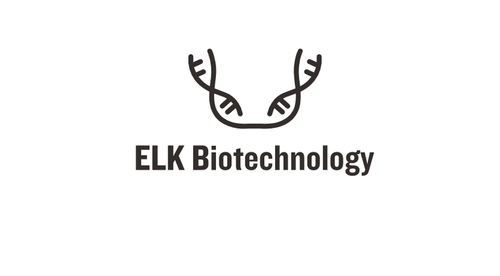Product Description
Rat Fibroblast Growth Factor 15 (FGF15) ELISA Kit | AE63346RA | Abebio
Species Reactivity: Rat (Rattus norvegicus)
Abbreviation: FGF15
Alternative Name: N/A
Application: ELISA
Range: 12.5-200 pg/mL
Sensitivity: 4.8 pg/mL
Intra-Assay: ≤5.9%
Inter-Assay: ≤9.7%
Recovery: 0, 98
Sample Type: Serum, Plasma, Other biological fluids
Detection Method: Sandwich
Analysis Method : Quantitive
Test Principale: This assay employs a two-site sandwich ELISA to quantitate FGF15 in samples. An antibody specific for FGF15 has been pre-coated onto a microplate. Standards and samples are pipetted into the wells and anyFGF15 present is bound by the immobilized antibody. After removing any unbound substances, a biotin-conjugated antibody specific for FGF15 is added to the wells. After washing, Streptavidin conjugated Horseradish Peroxidase (HRP) is added to the wells. Following a wash to remove any unbound avidin-enzyme reagent, a substrate solution is added to the wells and color develops in proportion to the amount of FGF15 bound in the initial step. The color development is stopped and the intensity of the color is measured.
Product Overview: FGF15 is the mouse ortholog of human FGF19 (hence there is no human FGF15) .Fibroblast growth factors, or FGFs, are a family of growth factors involved in angiogenesis, wound healing, and embryonic development. The FGFs are heparin-binding proteins and interactions with cell-surface associated heparan sulfate proteoglycans have been shown to be essential for FGF signal transduction. FGFs are key players in the processes of proliferation and differentiation of wide variety of cells and tissues.Fibroblast growth factor was found in pituitary extracts by Armelin in 1973 and then was also found in a cow brain extract by Gospodarowicz et al. and tested in a bioassay which caused fibroblasts to proliferate (first published report in 1974) .
Stability: The stability of ELISA kit is determined by the loss rate of activity. The loss rate of this kit is less than 5% within the expiration date under appropriate storage condition. The loss rate was determined by accelerated thermal degradation test. Keep the kit at 37°C for 4 and 7 days, and compare O.D.values of the kit kept at 37°C with that of at recommended temperature. (referring from China Biological Products Standard, which was calculated by the Arrhenius equation. For ELISA kit, 4 days storage at 37°C can be considered as 6 months at 2 - 8°C, which means 7 days at 37°C equaling 12 months at 2 - 8°C) .
 Euro
Euro
 USD
USD
 British Pound
British Pound
 NULL
NULL








